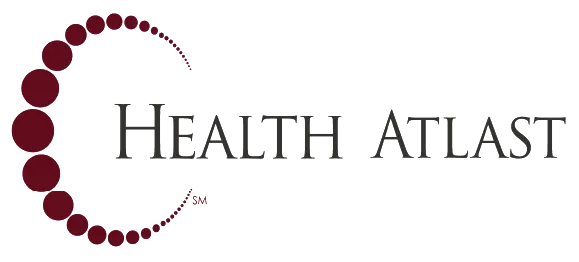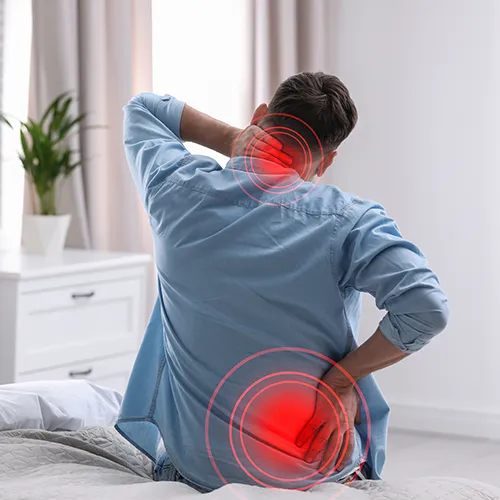Treatments, Chiropractic, Health Atlast Upper West LA, Therapeutic Massage
Managing Your Sciatica
Sciatica is one of the most debilitating forms of pain, radiating from your lower back and traveling down your leg, making everyday activities feel like monumental challenges. But managing sciatica doesn’t have to feel impossible. For example, there are non-invasive solutions to treat sciatica, offering lasting relief by addressing the root cause of your pain. Let’s dive into how you can take control of sciatica and regain your mobility and comfort.
What is Sciatica?
Sciatica isn’t a condition—it’s a symptom caused by irritation or compression of the sciatic nerve, which runs from your lower back down through your hips, buttocks, and legs. It often feels like:
- Sharp, shooting pain in the lower back or leg.
- Tingling, numbness, or weakness in the affected leg or foot.
- A burning sensation that worsens with sitting, coughing, or sneezing.
Common Causes of Sciatica
- Herniated Discs
- When a disc in your spine bulges or ruptures, it can compress the sciatic nerve, causing pain and discomfort.
- Spinal Misalignments
- Minor misalignments in the spine can pinch or irritate the sciatic nerve, leading to persistent pain.
- Piriformis Syndrome
- A tight or inflamed piriformis muscle (located in the buttocks) can press on the sciatic nerve.
- Spinal Stenosis
- Age-related narrowing of the spinal canal can compress the sciatic nerve.
- Muscle Tension or Inflammation
- Tight muscles, particularly in the lower back and hips, can exacerbate sciatica symptoms.
How Chiropractic Care Can Help
Chiropractic care offers a drug-free solution to sciatica by addressing its root causes rather than providing temporary relief. Spinal adjustments realign the spine, reducing pressure on the sciatic nerve and promoting healing. For herniated discs, spinal decompression therapy eases nerve compression by creating space between vertebrae.
Targeted exercises and stretches improve flexibility in the lower back and hips, relieving tension on the sciatic nerve. Massage therapy enhances recovery by relaxing tight muscles, like those in the piriformis or lower back, and improving circulation.
To ensure lasting relief, practical lifestyle guidance helps patients maintain good posture, set up ergonomic workspaces, and adopt healthy movement habits. Together, these techniques form a holistic and effective approach to managing sciatica.
Simple Tips to Manage Sciatica at Home
In addition to chiropractic care, here are some self-care strategies to help you manage sciatica:
- Practice Gentle Stretches
- Knee-to-Chest Stretch: Lie on your back, pull one knee toward your chest, and hold for 30 seconds. Repeat on the other leg.
- Piriformis Stretch: Sit with one ankle crossed over the opposite knee, then lean forward gently to stretch the hip.
- Alternate Heat and Ice
- Use ice packs for 15–20 minutes to reduce inflammation, followed by heat to relax muscles and improve circulation.
- Stay Active
- Avoid prolonged sitting or lying down, as inactivity can worsen sciatica. Engage in low-impact activities like walking or swimming.
- Focus on Posture
- Keep your back straight, shoulders relaxed, and feet flat on the floor when sitting to avoid aggravating the sciatic nerve.
- Sleep Smart
- Sleep on your side with a pillow between your knees to keep your spine aligned, or on your back with a pillow under your knees.
You don’t have to live with the discomfort and limitations of sciatica. With the right combination of adjustments, therapy, and lifestyle changes, you can take control of your health and get back to doing what you love.












